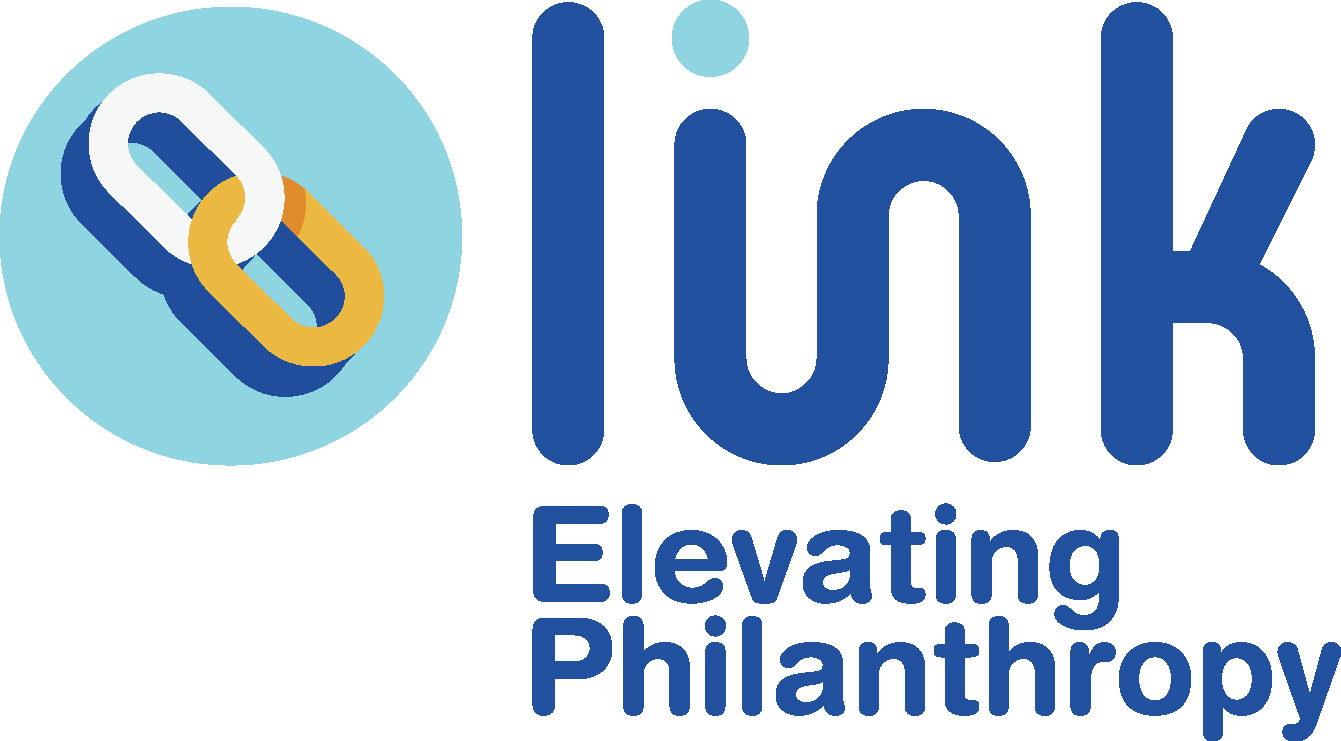Where To Start With Legacy Giving?
Where To Start in Legacy Giving
I recently spoke with some nonprofit professionals at a medical center. They asked a question that I get quite often and it has nothing to do with taxes, gift vehicles, or estate planning.
It is – where do I start with planned giving?
In this particular situation, they had a list of people who made a planned giving commitment years ago. And, as is very typical in nonprofits, staff changed over (many times) and competing priorities got in the way (many times).
Now – they have a new development director and they want to revitalize their program.
This is a scenario I see so often; in fact, it is one of the most common ways I am called in to help and organization. They had some legacy giving in the past, it became dormant for any number of reasons, and now they know they need to revamp.
This is a very good thing. When there is a change on staff, there is a change of point of view, and an opportunity to do things better.
So, with this particular professional that called me, she wanted to know do they go back to the people that, years ago, expressed interest, or forge forward and start to acquire new legacy giving donors.
I bet you know the answer (especially if you have been reading my blog and watching my FB lives). Of course, the answer is both – BUT if you can only work on one, then go back to your previous planned giving interest donors.
WHY? Because you already know that they have an interest. They may have left a planned gift for you. And yes, the news may also be bad – they revoked the gift, or they passed away without leaving you a gift.
Going back to your previous legacy intents will accomplish several things:
· Clean up your list
· Steward your donors
· Keep gifts from being revoked
· Uncover new gifts
· Relaunch your legacy society
Ok, so maybe you have lost some donors or some gifts. Maybe you will be embarrassed about not contacting them sooner. Maybe will you receive an earful from an angry donor. All of this is acceptable outcomes and shouldn’t hold you back. Because for the gifts you lost, you will also be able to save others.
Bonus: If you are new to planned giving this will be an easier conversation to have since there is already a past interest. You can also say you are new to the organization or to planned giving (if it is true) and use that to ease into the conversation.
First – concentrate on the gifts you have. Second, seek out the gifts you will get next.
For more information on creating a legacy giving program, read here and here.



